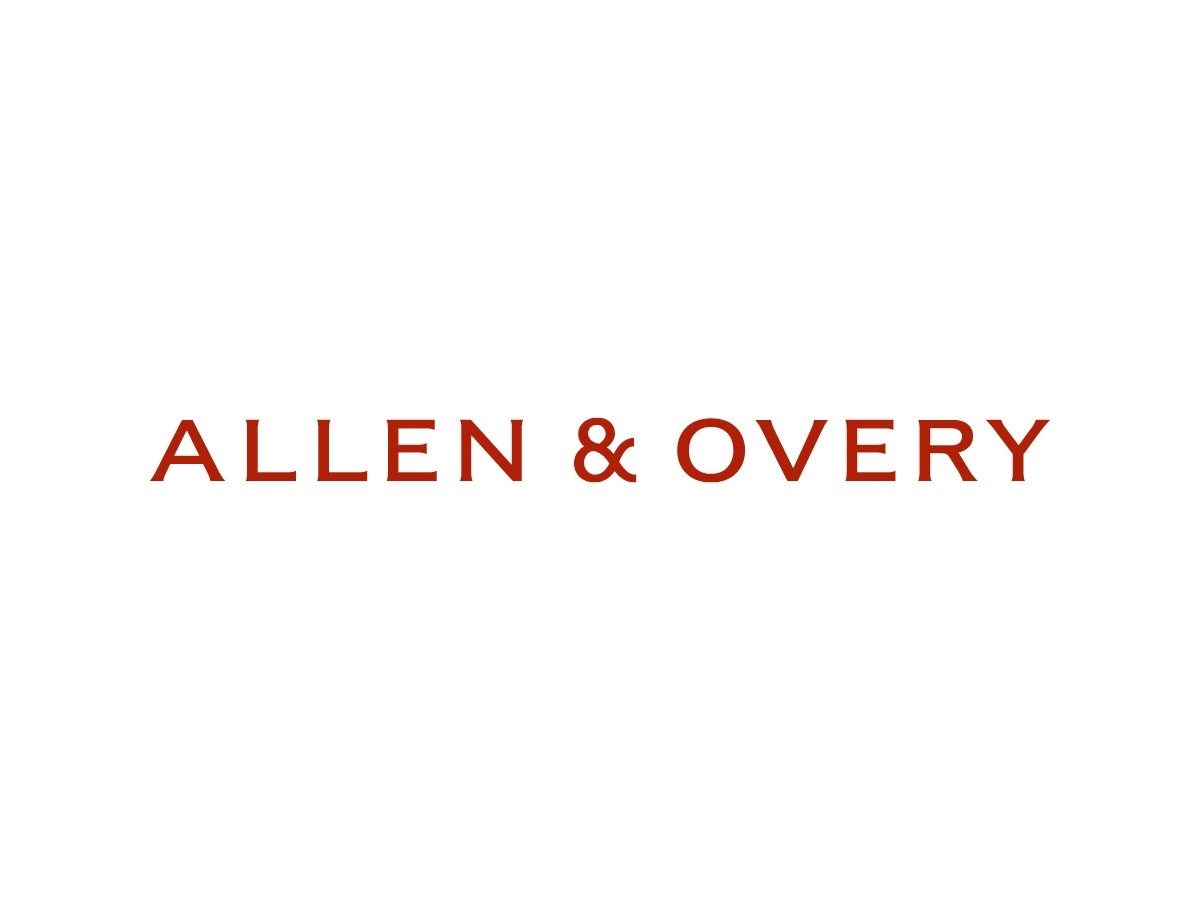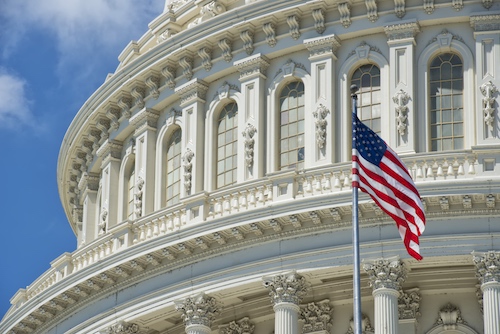Changes in the global patent litigation landscape: The impact of the UPC | Allen & Overy LLP
The global patent landscape shifted very significantly in June last year, with the opening of the long-awaited European Unified Patent Court (the UPC). This single, one-stop judicial framework provides, for the first time, a means to enforce patents across many European states, with the Court having a significance to rival that of other major global patent jurisdictions – for example, the UPC covers a market that is roughly comparable to that of the United States.
Although the goal of this new system is to achieve a quicker, more cost effective and efficient process – for example, the Court aims to solve patent disputes within one year from start to finish – the reality is that the new Court will co-exist with the old, national patent jurisdictions for at least the next seven years. It has therefore resulted in an overall system that is – at least for now – even more complex and high-risk than the previous system.
The Court also has the ambition to deliver highly effective relief to plaintiffs who prevail, especially in the form of injunctions. This therefore makes it highly attractive to patent holders globally, particularly given that the Court should be far more cost-effective than pursuing litigation in other jurisdictions – for example, the U.S. or UK.
The impact of the UPC cannot therefore be overstated. Indeed, this impact, notably, has already been felt by one company – Nanostring Technologies – which was the first company to be the subject of an inter partes preliminary injunction decision in the UPC, and which shortly thereafter entered into insolvency.
It is also clear after nine months of operation that, despite some initial scepticism (no doubt caused by the decade of planning and ‘false starts’ in relation to the UPC), the Court has been enthusiastically welcomed and widely adopted by litigants. This is reflected in the statistics – as of February 2024, the court has seen more than 210 cases filed, including more than 80 infringement actions and 25 independent revocation actions. It is also noticeable that emergency relief has been widely applied for, with more than 20 applications in seven months. Furthermore, more than 100 decisions have already been issued, a clear signal that the Court is working and working quickly.
Despite the benefits of the Court from a patentee’s perspective, however, we see that many clients are proceeding with considerable caution in relation to the transition.
This is because, for defendants in particular, the pace at which the UPC operates (for example, the short period of a few months to a preliminary injunction and 12 months to a full merits decision) and its high stakes mean that advanced planning is needed – parties cannot afford to wait until they are sued before starting preparations. Instead, as soon as a company is aware that a potential case is brewing, they must proactively assess their position and align their defensive strategy and arguments. The best defence may also be to bring proceedings proactively, choosing the appropriate forum, whether within or outside the UPC.
It is also notable that early adoption of the new system has taken place across a wide range of technologies, although the technology sector has featured more heavily than others. The life sciences sector was expected to hold back from using the Court, and largely that is what has happened (although it remains to be seen how that will change over time). Early signs of significant uptake of litigation by tech companies in the UPC has also been seen, with many major patentees, as well as NPEs, taking action.
While it is early days, it is therefore immediately apparent that neither claimants nor defendants can afford to ignore the UPC, as its adoption has been quick and the Court is already delivering rapid results. Further, it is clear that parties can expect for UPC litigation to occur in parallel with national European (and wider, for example U.S.) litigation. The UPC therefore clearly needs to be factored into any global patent litigation strategy moving forward.






